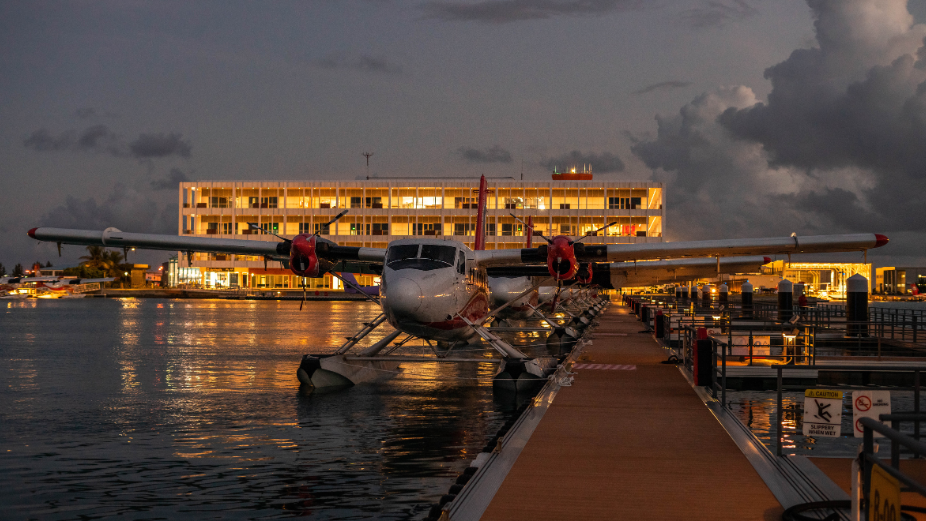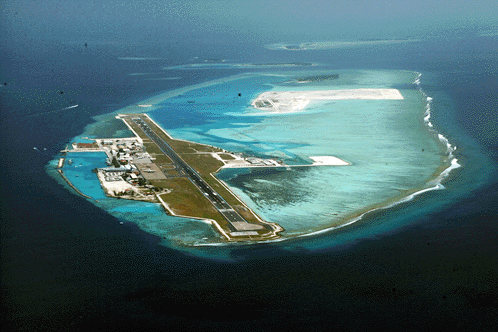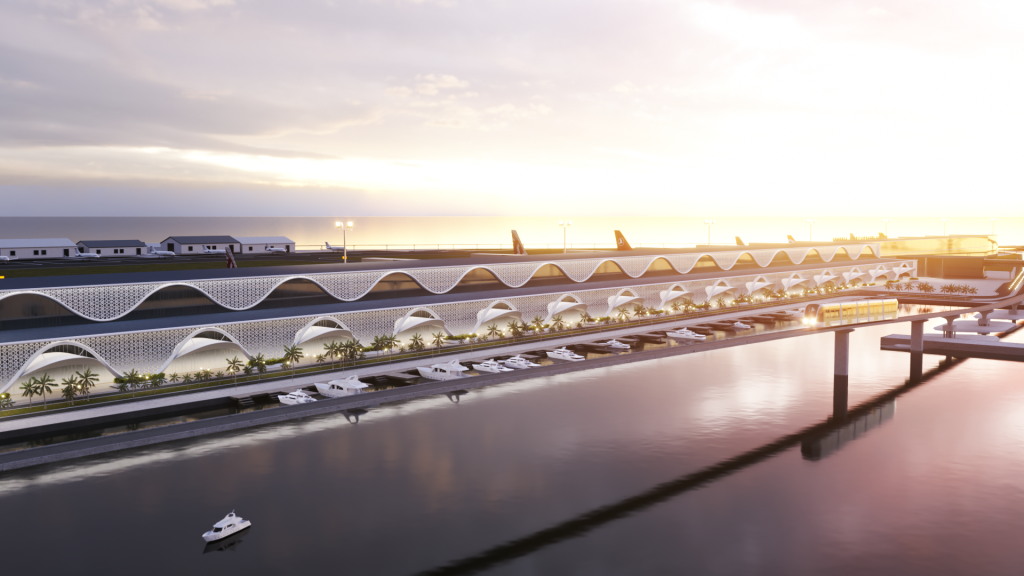
Yesterday, the Maldives’ main international airport, Velana International Airport (VIA), commemorated its 58th anniversary. Since the airport’s launch in 1960, VIA has evolved from a small airfield to a modern international airport and has played a vital role in the Maldives’ tourism-dependent economy.

To fully understand the impact of VIA on the Maldives economy, let’s take a look at the history of the airport and the contributions it has made to date.
The Birth of Hulhule Airport
Following the boom of tourism in the 1970’s, an international standard airport became imperative for the Maldives. However, the story of Hulhule Airport began 10 years earlier in 1960, five years before the Maldives independence from the British.
At the time, Maldives was renegotiating the December 1956 agreement with the British government to lease Gan Island and 110 acres in Hithadhoo in Addu atoll, and establish an airport base for the exclusive use of the British Royal Air Force (RAF).
During these renegotiations, the British government offered to develop an additional airstrip, and the airport was finalised to be constructed on Hulhule Island.

The runway, which was constructed of slotted steel sheets measuring 75 ft × 3,000 ft, welcomed its inaugural aircraft, a Royal New Zealand Air Force Bristol Freighter, NZ5906, in 1960. Two years later, on 10 April 1962, Air Ceylon’s Avro 748 marked the airport’s first commercial flight, heralding a new era of connectivity for the Maldives.

Maintaining Economic Vitality
Reflecting on VIA’s evolution since its inception in 1960, it is clear that Velana International Airport (VIA) is a key contributor to the Maldives’ economy, particularly evident during the shocks felt by the economy during COVID-19 related travel restrictions.
As such, there is consensus on the importance of maintaining and modernizing VIA to attract global travelers and sustain economic momentum. The World Bank’s recent report highlights that the completion of the planned new terminal at VIA could potentially elevate the country’s economic development from 4.9% to 5.2 %.
The 20-Year Master Plan For VIA
President Dr. Mohamed Muizzu’s 20-year master plan for VIA includes expansions to the passenger and cargo terminals, fuel farm, and domestic terminal.
With an increased built-up area of more than 78,000 square meters, the international passenger terminal building will reportedly have the capacity to accommodate up to 7.5 million passengers annually.

The new terminal addresses space constraints faced by the existing terminal and will feature facilities such as aero-boarding bridges and modern baggage handling systems. Additionally, the terminal – which is expected to be operational by the end of 2024 – will house a diverse range of F&B outlets, retail spaces, lounges, and other services.
VIA is also investing in upgrading its runway infrastructure to accommodate larger aircraft, including the A380. The new code-F runway, with dimensions of 3400 meters in length and 60 meters in width, is currently in operation.

To meet the increasing demand for aviation fuel, VIA has expanded its fuel storage capacity with the construction of a new fuel farm. Covering approximately 37,000 square meters, this new facility is three times the size of the previous fuel farm and can store up to 45 million litres of Jet A1 fuel, along with diesel and petrol reserves. Additionally, a new fuel hydrant system, spanning 8.4 kilometers, has been installed to streamline the refueling process for aircraft, improving safety and reducing service time for airlines.
Furthermore, President Muizzu aims to bolster VIA’s cargo handling capabilities, with plans to expand the new cargo terminal from handling 100,000 metric tons by 2025 to 300,000 metric tons by 2050.

The Master Plan also includes the development of a Maintenance, Repairs, and Overhauls facility, aimed at expanding VIA’s service offerings and enhancing the safety and efficiency of aircraft operations.
Improvements to the Domestic Terminal are also on the horizon, with plans to increase its capacity from serving 300 passengers per hour to 2000 passengers per hour. Additionally, the terminal will undergo expansion, including the establishment of eight departure gates, to accommodate the growing volume of domestic air travel and enhance passenger experience.













